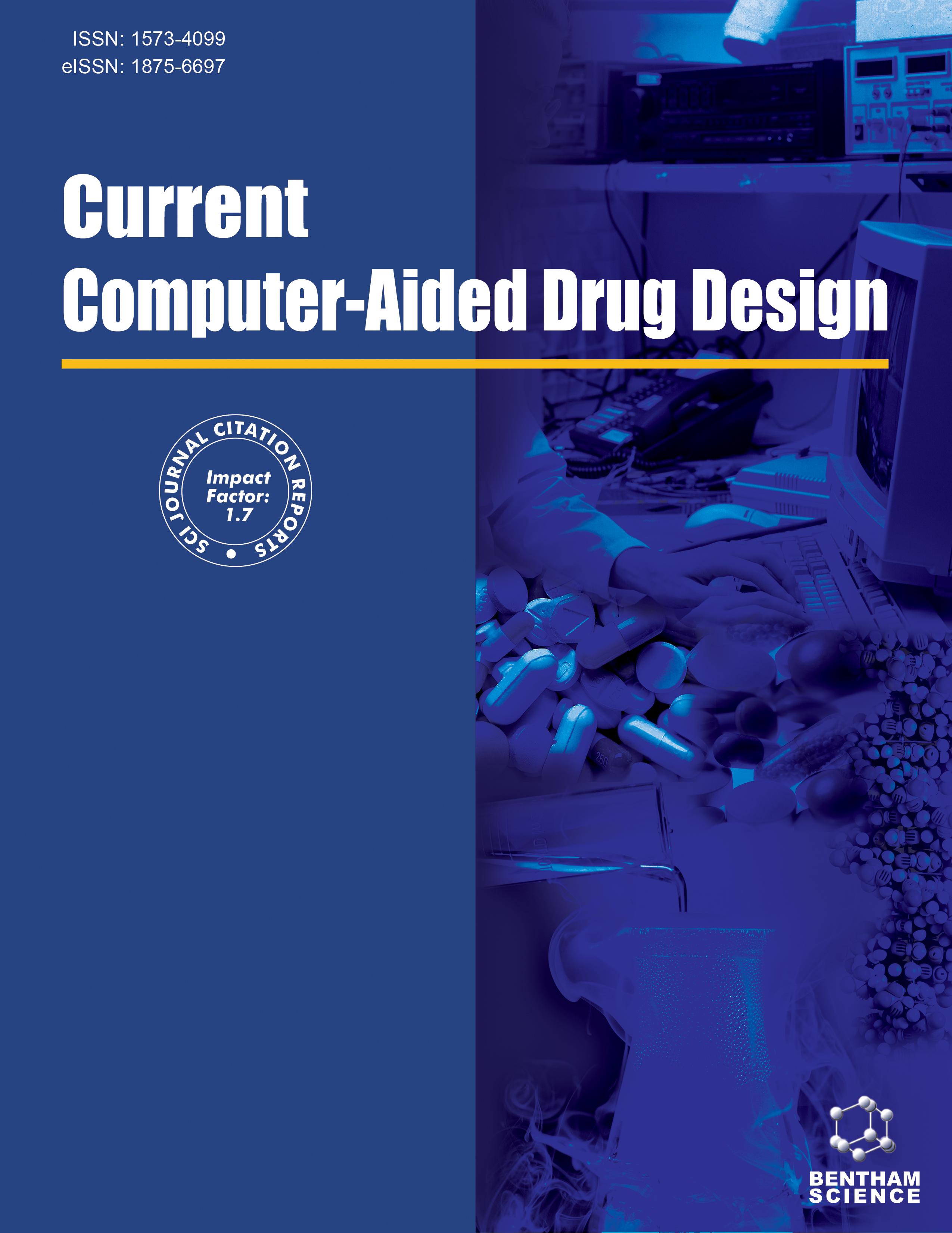
Full text loading...
This study utilized transcriptomic sequencing combined with cellular and animal models to explore the potential mechanisms of Xuebijing in treating sepsis-induced myocardial dysfunction, also known as sepsis-induced myocardial injury.
We investigated potential targets and regulatory mechanisms of XBJ injection using network pharmacology and RNA sequencing. The effects of XBJ on oxidative stress and apoptosis levels in human cardiac myocytes (AC16) and C57BL/6 mice exposed to lipopolysaccharide (LPS) were evaluated by Enzyme-Linked Immunosorbent Assay (ELISA), fluorescent probe, Fluorescent Quantitative Polymerase Chain Reaction (qPCR), Western Blot, Transmission Electron Microscopy, oxidative stress-related indicators detection kit, flow cytometry, and Immunohistochemistry (IHC).
First, it was verified that XBJ can reduce the deformation of AC16 cardiomyocytes induced by LPS and the production and secretion of ROS (P <0.01). The transcriptome sequencing results showed that the TRIM16 gene was significantly increased after XBJ treatment, and the data of KEGG and GO analyses demonstrated that XBJ could inhibit the pathway expression of oxidative stress damage in AC16 cells, and PCR verified that XBJ could indeed increase the expression level of TRIM16 gene in AC16 cells (P <0.01). Basic animal and cell experiments showed that LPS could inhibit the expression of TRIM16 and NRF2 in cardiomyocytes (P <0.05) and promote the expression of Keap1 (P <0.01), while XBJ could significantly up-regulate the expression levels of TRIM16 and NRF2 (P <0.01) and inhibit the expression of Keap1 (P <0.01), thereby affecting the expression levels of downstream proinflammatory cytokines and alleviating LPS-induced oxidative stress damage. In addition, XBJ also inhibited the expression of the pro-apoptotic proteins Bax and c-caspase3 (P <0.01), promoted the expression of the anti-apoptotic protein Bcl2 (P <0.01), and reduced LPS-induced apoptosis by upregulating TRIM16.
Our comprehensive data demonstrated that TRIM16 is a key gene in the therapeutic action of Xuebijing in sepsis-induced myocardial dysfunction, protecting myocardial cells from injury through antioxidative stress and anti-apoptotic mechanisms.

Article metrics loading...

Full text loading...
References


Data & Media loading...

